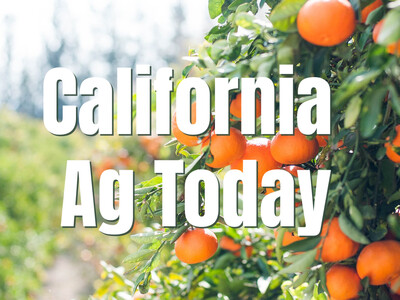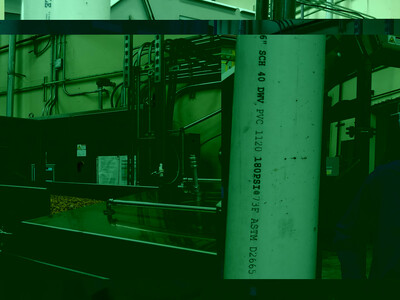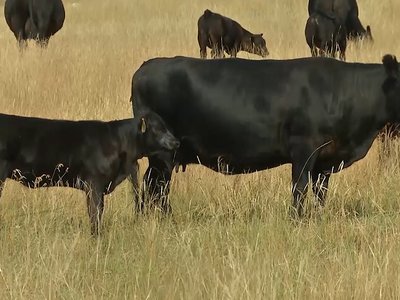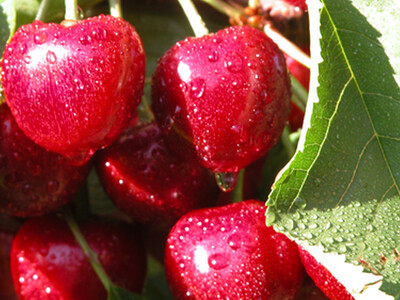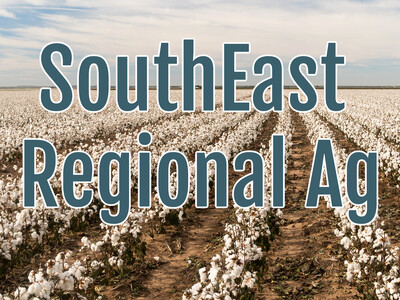Wildhorse Fire Brigade
Northern California rancher William Simpson explains the logic behind his plan to move wild horses out of areas where they are not wanted into mountainous areas that have been decimated by wild fires in recent years.A minority of Americans want to see American wild horses sent to slaughter to make room for more livestock grazing on public lands. Obviously, we don't see most Americans giving up their hamburgers and steaks, so the demands for beef, lamb and pork are slowly increasing. But do we need to kill wild horses in slaughter houses? And is this even a wise use of these publicly-owned wild horses?
The question of value arises; are wild horses more valuable in a pet food can, or in a wildfire fuel abatement role helping to protect forest resources and the lives and assets of humans?
Since the codification of the 1971 Wild Burro and Horse Protection Act five decades ago, there have been many profound breakthroughs and discoveries in science. For instance, we now know that wild horses have successfully maintained habitats in virtually every biome on the planet ranging from sub-arctic to tropical. We also now know that wild horses survived the Ice Age in forests, as we read here: https://cosmosmagazine.com/biology/into-the-woods-horses-survived- mass-extinction-by-adapting-to-forests
A new question arises:
Knowing what we know today as far as genetics (including epigenetics), paleontological ecology
(ranges of wild equids based-on fossil records) and the cultural archaeology of native Americans and their horses, whose wild horses arguably pre-date the Columbian Period, would planners today draw the same lines on maps defining areas for wild horses under any new law for their protection? I seriously doubt it. In the late 1960s and in 1971, we knew very little about wild horses, as well as their history and ecology as compared to today. And even by today's standards, we still have much to learn in many areas. Little money is allocated to fund the study of American wild horses in comparison to studies related to livestock.
In a world where we have more people than ever wanting more resources than ever, financial considerations must not be discounted.
What is a wild horse worth? I would respond to those with love in their hearts; the sum is beyond quantification.
To those who render meat? An 800-pound horse is worth ~$160.00 (20-cents per pound wholesale).
To those who have vision; each wild horse is worth at least $72,000.00. Here is why:
Each horse deployed into and around remote forest wilderness areas with depleted deer populations can abate 5.5 tons of ground fuel (grass and brush) annually (~30 pounds/day) in and around forest the areas that are virtually inaccessible, especially wilderness areas. For comparison, a deer consumes about 7-pounds of grass and brush per day. Many of these remote wilderness areas are poorly suited to commercial livestock grazing due to the extensive predation of calves and lambs, poor accessibility and very difficult terrain. These and other factors significantly reduce any profits. Losing calves and lambs is not an option of livestock production.






